A stunning amount of illegal eel can be found in US sushi. Organized crime likely to blame.
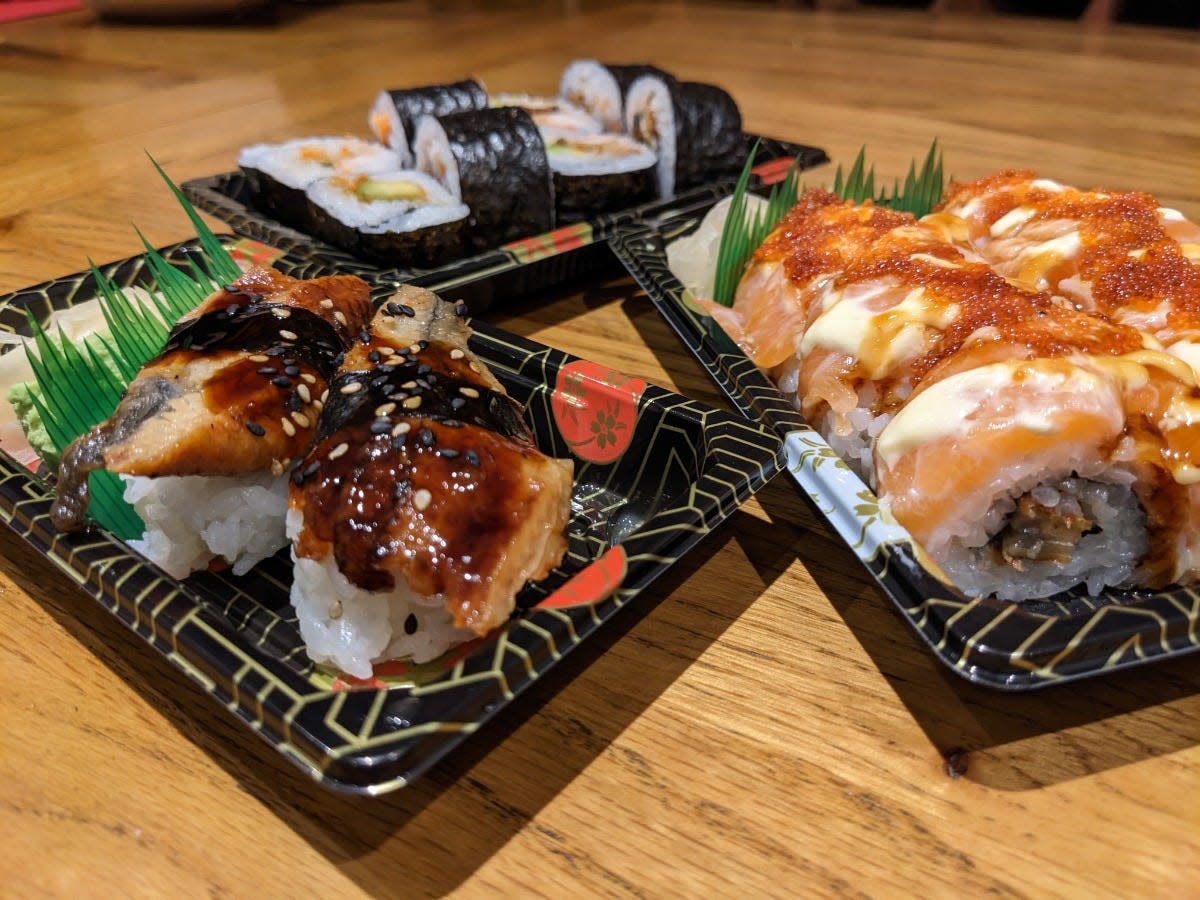
Are those illegal eels in your unagi? A study has found 44% of North American eel samples – that's unagi when used in sushi – were actually from the critically endangered European eel, whose export has been illegal since 2010.
Eel has long been a beloved component of Japanese cuisine. Marinated and grilled, it is served in a donburi dish with rice or as an ingredient in sushi, where it's generally listed as "unagi," Japanese for eel.
With the popularity of Japanese cuisine worldwide, eel consumption has spiked. In 2019, 280,000 tons of freshwater eels were produced for the consumer market.
Unfortunately, Japan's native eel has been overfished and is now endangered, so sellers have turned to the critically endangered European eel (Anguilla anguilla), but its population is estimated to be 5% of what it once was. To protect the species, the European Union banned its exportation in 2010.
NEWS: Maine lobster industry sues California aquarium for 'red list' that led to boycott
LOBSTERS AND WHALES: Saving endangered right whales pits advocates against lobstermen
That's why researchers in the United Kingdom were stunned at what they found when they did a DNA analysis of unagi samples purchased in Europe, North America and Asia.
"I was very surprised to find so much European eel in our North American samples – because it’s illegal to export it," said Andrew Griffiths, a lecturer in biological sciences at the University of Exeter and lead author on the study.
Those levels of European eel could link the unagi in your sushi to global organized crime rings depleting an ancient species on the brink of extinction, he said.
"It's really suggestive of some sort of illegal sale and links to illegal trafficking of live eels to Asia."
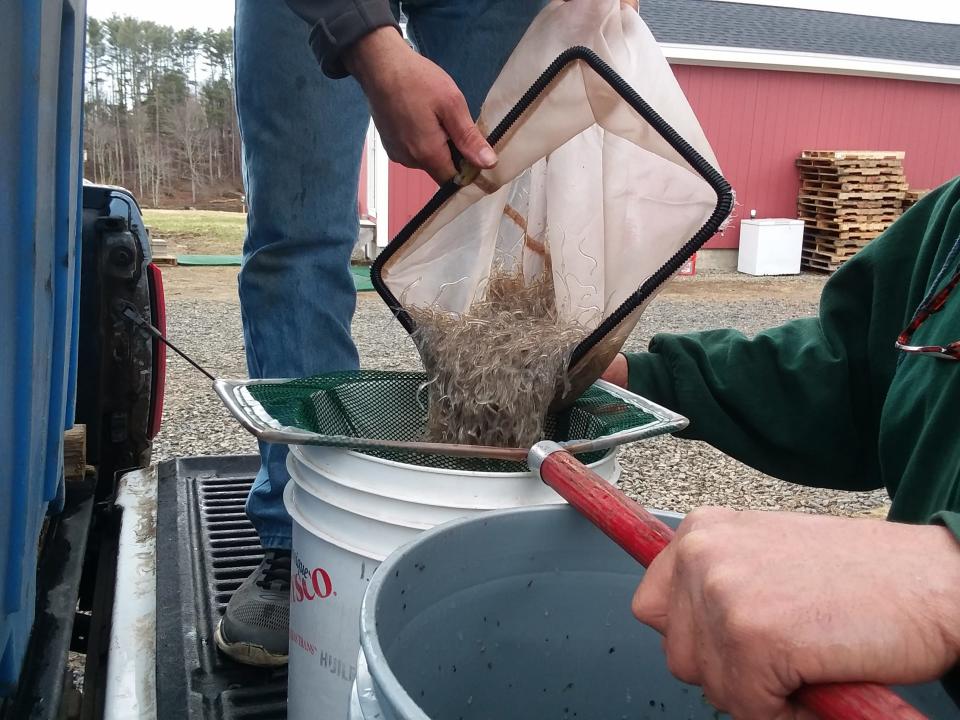
What did university researchers find?
Fish fraud has long been a problem, with cheaper fish being sold as pricier fillets. Cheap tilapia is sold as rare red snapper. Rounds cut from skate wings can be sold as pricey scallops.
The issue with eels is a little more complex. Highly endangered European baby eels are being poached in Europe and smuggled to Asia, where they're grown out in fish farms and sold back to Japan, Europe and North America – labeled only as "eel," according to a March paper in the journal Trends in Organized Crime.
This eel study actually got its start in the San Francisco Bay Area, when one of the authors, Kristen Steele, was working there. "I started noticing a seeming increase in the number of Japanese restaurants in the Bay Area selling eel in various forms and was surprised, dismayed and intrigued," she said.
Steele, at the University College London, together with researchers at the University of Exeter led a study that gathered 114 samples of eel sold in Europe, North America and Asia. The eel samples mostly came from Japanese restaurants as sushi, though a small number were from traditional dishes sold in the United Kingdom, including jellied, stewed and smoked eel.
OCEAN NEWS: Sea life could benefit from the nation's new 'Ocean Climate Action Plan'
BACKGROUND: Fish fraud is off the scale
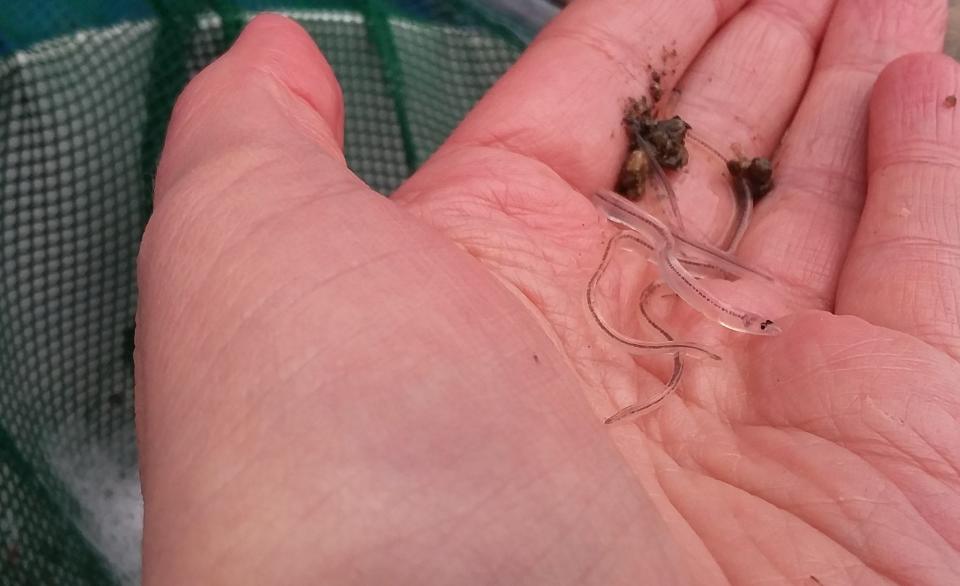
The researchers did a DNA analysis of each sample and found that 44% of the North American samples were European eel and 56% were American eel. There were no Japanese eel (Anguilla rostrata) in the samples, which came from New York, Seattle, San Francisco, Dallas, San Diego, Boston and Reno, Nevada.
In continental Europe, 35% of the samples were Japanese eel and 65% were American eel, which is threatened but whose export is legal.
"It wasn't what we were expecting," Griffiths said.

What's wrong with European eels ending up as unagi in sushi?
Because of habitat destruction, pollution, climate change and overfishing, the European eel population has seen massive declines since the 1960s and has now dropped to 5% of what it once was. The species was declared critically endangered in 2009, and in 2010 the European Union banned its import or export.
Because of that, there shouldn't have been lots of European eel ending up as sushi in North America, Griffiths said.
"If our results are broadly representative of sales of European eel in North America, it is difficult to account for all the European eel on sale via licensed and legal routes."
How do the mysterious origins of eels fit into this?
Exactly how eels reproduced was a mystery for thousands of years. Only in the past decade was it finally unraveled.
European and American eels spawn in the Sargasso Sea in the Atlantic Ocean. The tiny baby eels swim to coastal areas and then upriver. Called glass eels at this point, they are transparent and are no longer than a pinky finger.
For millennia, no one realized glass eels were actually the juvenile form of adult eels; they were thought to be another species entirely. When the eels reach freshwater, they grow for a decade or more before they head back to the ocean to reproduce.
To this day, no one has been able to mimic the lifecycle of eels enough to farm them the way salmon and other fish are farmed. Instead, the tiny glass eels are caught in rivers and then fattened up in eel farms for harvest – almost entirely in China.
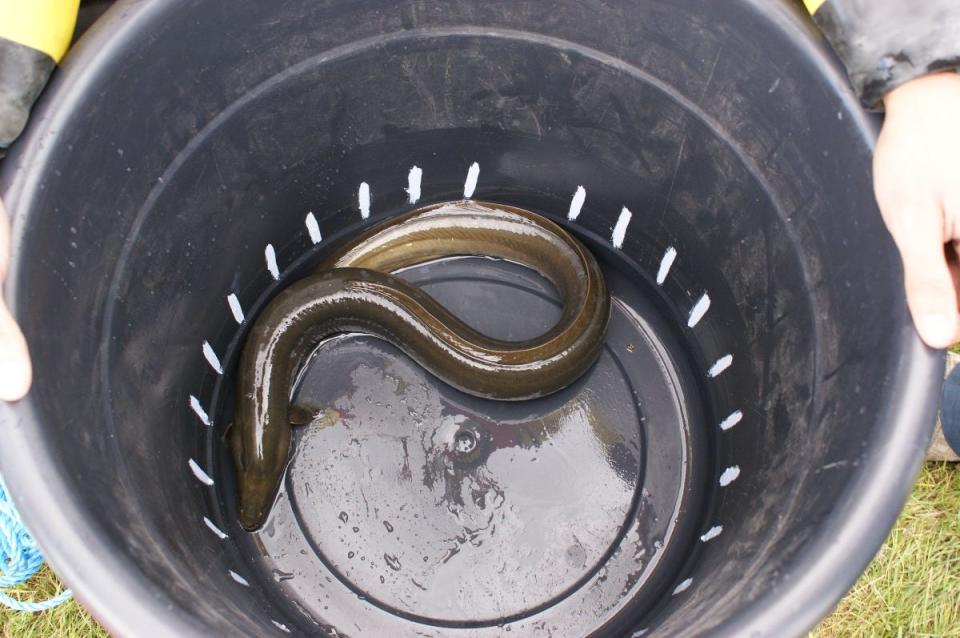
How do European eels end up in Chinese eel farms?
There is a massive illegal trade in European glass eels. Poachers use nets to gather them from European rivers and streams, selling them to middlemen for thousands of dollars a pound. They are then sold to smugglers who either conceal them in fresh-produce shipments or luggage to get them to Asia.
The tiny eels generally end up in China's Fujian and Guangdong provinces, which have more than 600 eel farms and eel processing plants. It's estimated that 87% of the world's eel farms are in China.
According to a paper published March 22 in the journal Trends in Organized Crime, the glass eels are often kept in hidden ponds in underground warehouses near airports before being shipped.
How does climate change affect you? Subscribe to the weekly Climate Point newsletter
READ MORE: Latest climate change news from USA TODAY
In 2022, European law enforcement intercepted 2,755 pounds of glass eels worth an estimated $2 million and arrested 49 people on suspicion of being involved in smuggling.
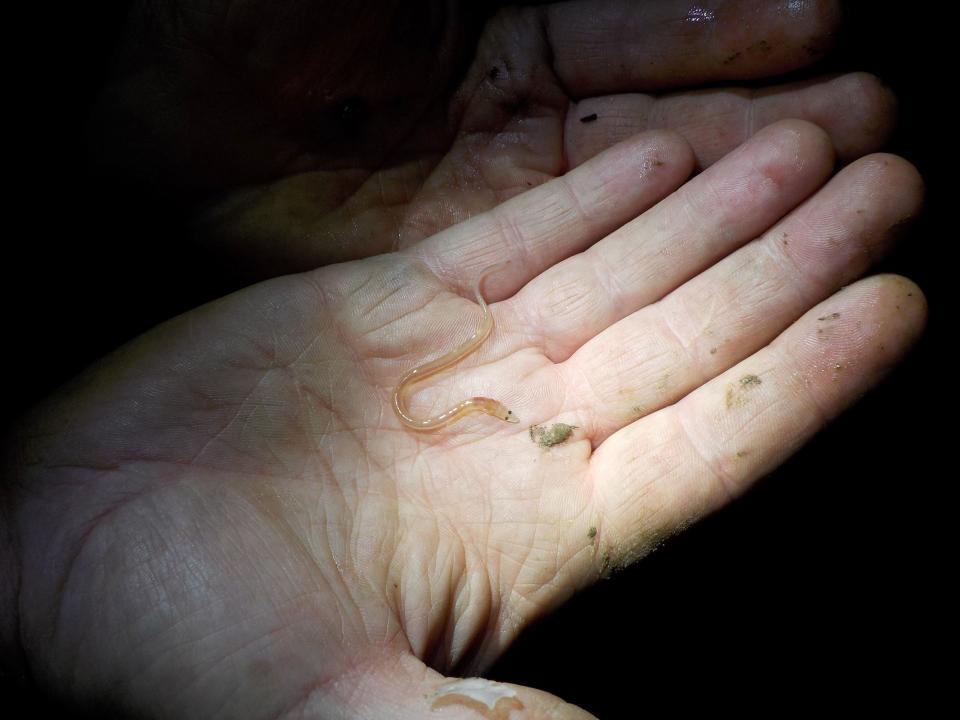
American glass eels are also harvested, though the practice is prohibited in all states except Maine and South Carolina. The species isn't considered endangered by the United States but is so depleted it was added to the International Union for Conservation of Nature's endangered list in 2014.
While European eel was most common in samples taken in North America, Griffiths said that worldwide, American eel made up 66% of unagi products, meaning possible poachers seem to be shifting to U.S.-sourced glass eels.
The trade is lucrative. The eels can sell for up to $2,200 a pound, said Ellen Shell, whose book on eels, "Slippery Beasts," arrives next year.
"It's a complicated and risky business," she said.
Should you eat unagi?
The Seafood Watch program at the Monterey Bay Aquarium in California has European, Japanese and American eel all on its Red list, meaning they should be avoided because of concerns about the species and the aquaculture used to raise them in Asia.
Part of the problem with eating unagi is that it's very difficult to pin down which eel species you're eating.
The U.S. government monitors only about 45% of the seafood coming into the United States, so "you have no idea where your unagi came from," said Marla Valentine, director of the ocean nonprofit Oceana's Illegal Fishing and Transparency campaign.
"Most people don't have any idea how complex and interconnected the network of eel trade has become," Steele said, "and how easy it is for illegally caught and traded eels to get mixed into the legal market."
This article originally appeared on USA TODAY: Unagi is often illegal eel, report finds. What to know about sushi.

